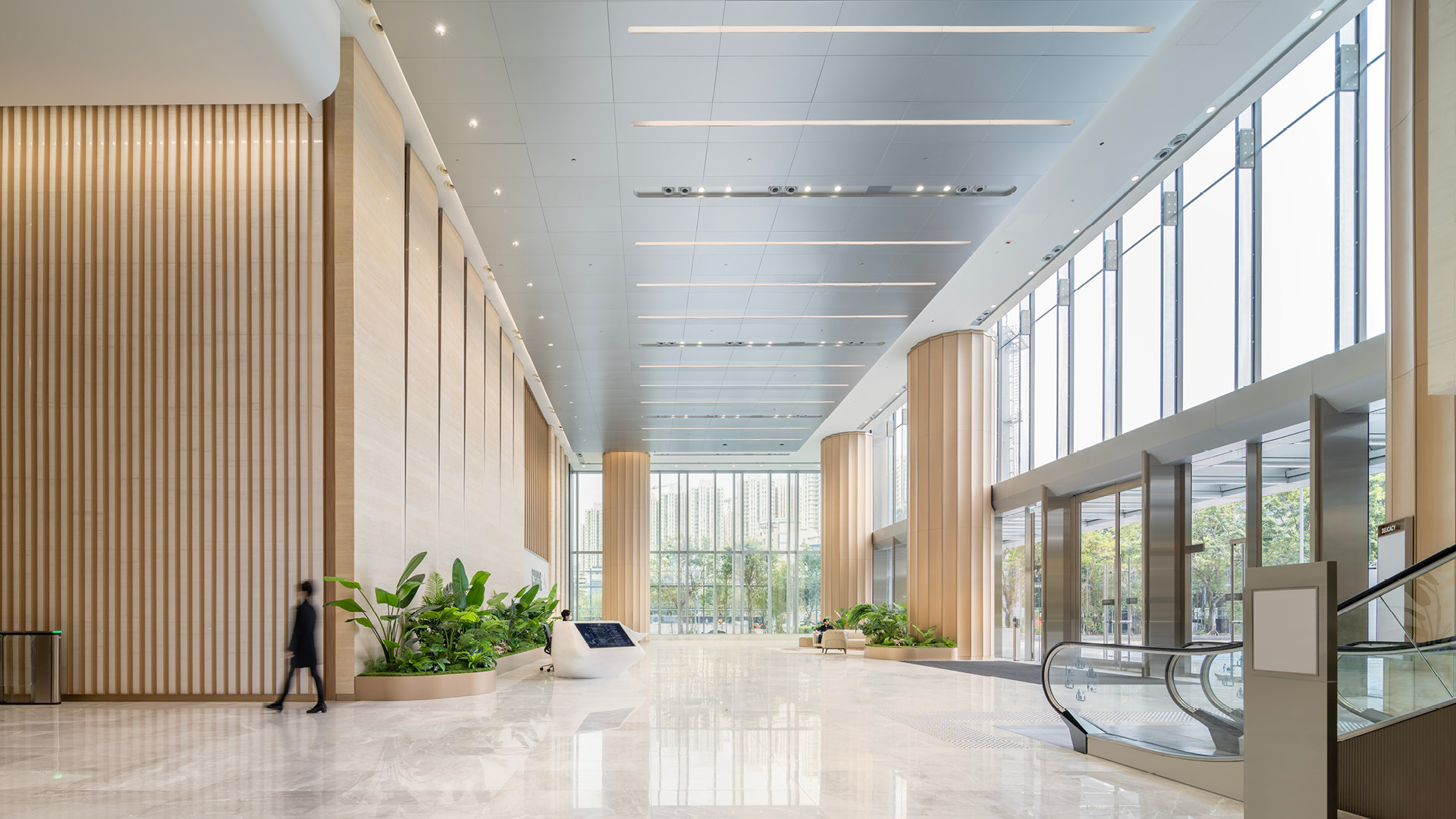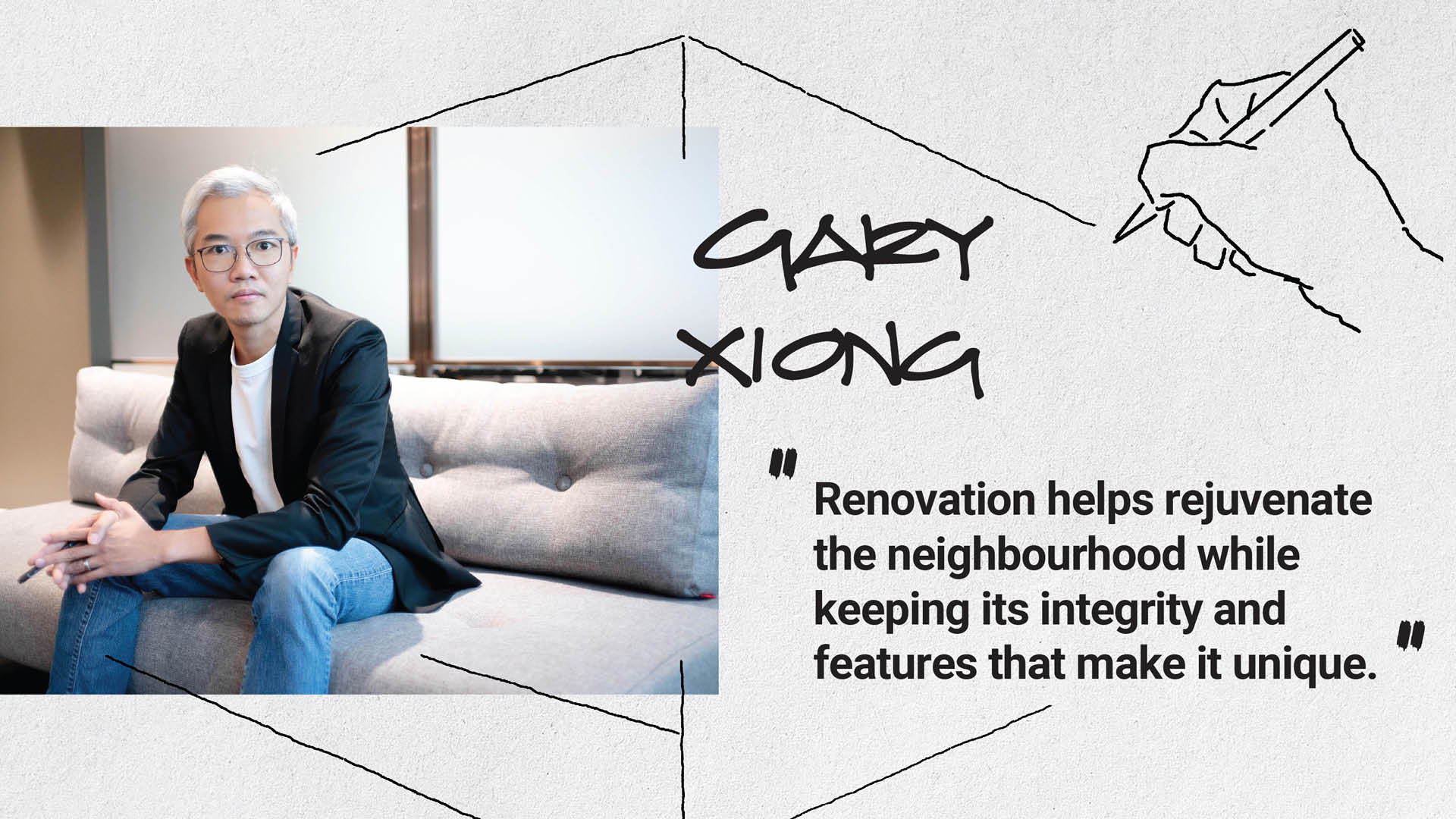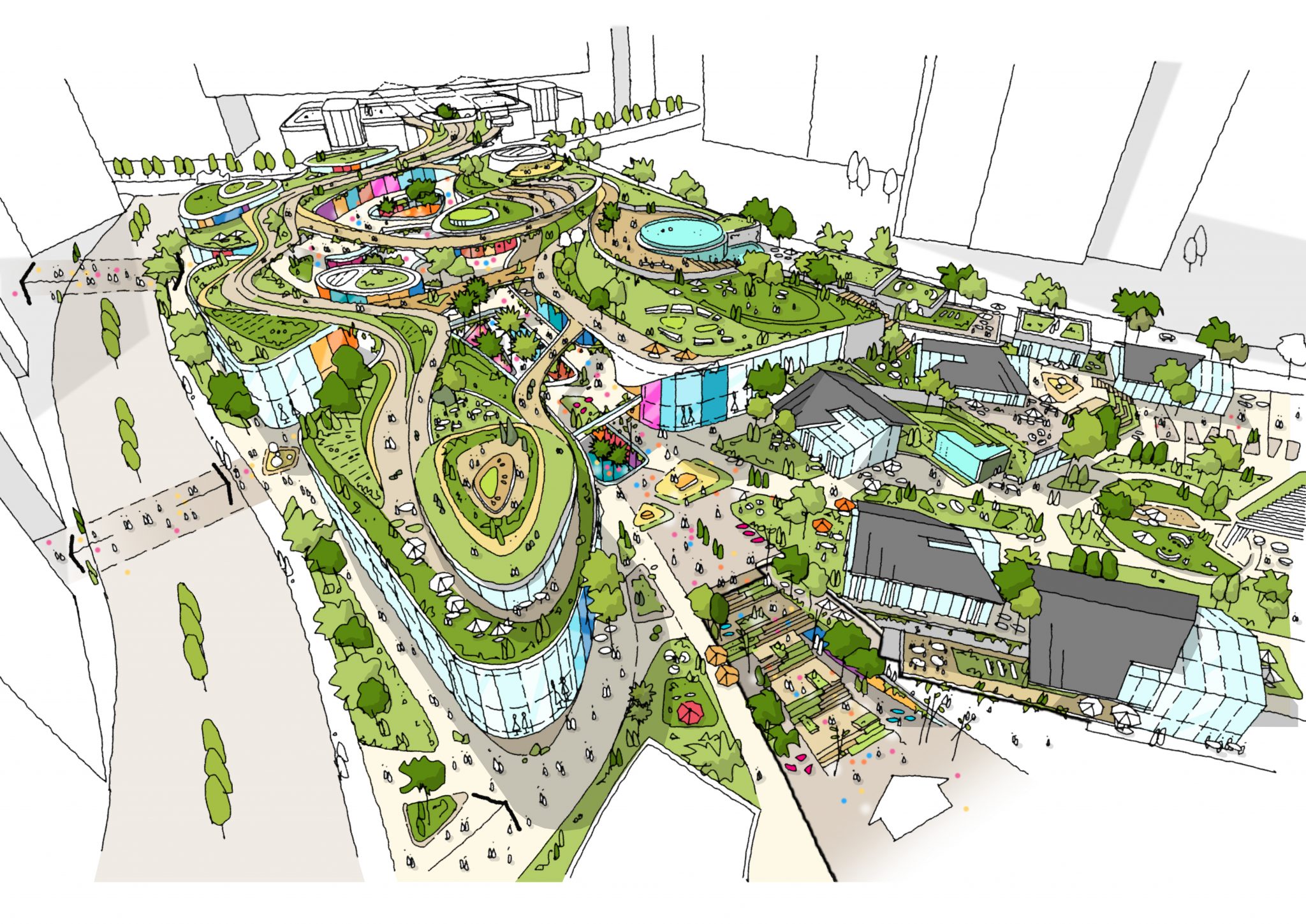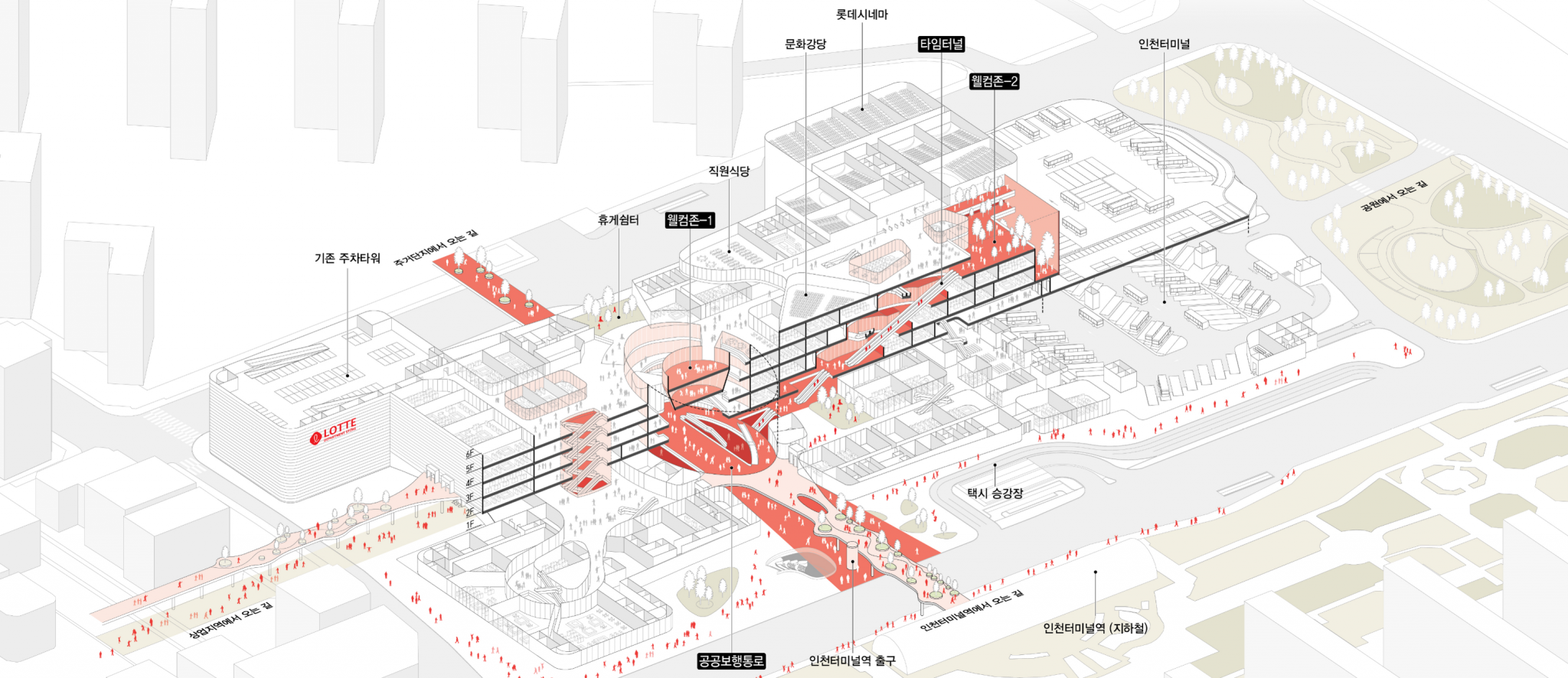
30 July 2022

Why is adaptive reuse important? What aspects should we keep in mind before tackling a renovation project? CAN Director Gary Xiong explores the importance of renovation and the right approach to rejuvenate the neighbourhood while keeping its integrity and features that make it unique.
Renovation not only limit the embodied carbon footprint of aging properties by extending their useful life but also celebrating existing legacies and helping them to reengage the public in new ways. Gary shares with us his thoughts and the 5Ws core concerns in commercial property management.

When a facility no longer attracts premium tenants or echoes the new urban fabric, it’s time to be proactive about the design and a new look. The value of a shopping mall comprises the “value of the lot” and “the value of the property”; the former is subject to the mall’s location, while the latter depends on the entire project’s maintenance, facility, and offerings amongst others, that’s the reason Why it needs to remain competitive in the commercial property market and respond to market needs by repositioning. Those Who own or manage the property assets, like landlords or project managers must be committed to seeing their current property assets in a new light. They need to understand the stage of the shopping centre in the product life cycle and ensure that refurbishment is undertaken when it is due before the loss of competitiveness and financial returns occur.
With regard to shopping malls, the terms renovation, refurbishment, repositioning and revitalization are often used indiscriminately to characterize different forms of improvement of existing properties. There are different scales of renovation & refurbishment (from XL to S), for instance, XL- “A completed rebuild & redevelopment based on the site parameters”. L- “an extensive demolition / extension / alteration: create additions”. M- “limited impact on existing Asset: enhance spatial quality” and S- “minimal strategic intervention: rejuvenating dysfunctional spaces”. Where to focus on refurbishment is determined by the property itself.
Beijing Zhongguancun
Beijing Zhongguancun Plaza Mall renovation project is considered an ‘XL’ scale. The renovation work aims to transform the isolated site into a park-style commercial complex, creating a sacred landmark that incorporates art, culture, technology, and design that meets the needs of the new generation. At CAN, we prioritize designs with flexibility in mind, strive to explore within practical constraints to maximize the benefits of renovation while minimizing the construction cost. After all, to achieve the most with the least is our core principle.
We have conducted extensive studies to learn the history, living qualities & collective memories of the district to explore new retail ecology and new opportunities for the mall. Our key approaches include revealing the hidden internal spaces to distinctive sunken courtyards; blurring different urban interfaces to stitch the adjacent context; activating park roof to various leisure offerings. The design not only revitalizes Zhongguancun’s reputation as China’s Silicon Valley but also provides a platform for the entire Zhongguancun Science City to showcase China’s newest technologies through different featured spaces.
Asset repositioning is not just about accounting, it’s about the transformational idea
Urban development is a race of timeliness with a moving social target at its heart, and real estate asset needs to be tackled through constant repositioning, with a focus on both centres and peripheries. The same principle applies to airport facility too.
Airports no longer function as transitional spaces; we are proud to be selected to deliver the interior and signage design for a large-scale Airport Terminal Renovation Project in China. The project aims to reposition an aging airport and transform it into a destination that reflects local uniqueness, and the design is based on value-added services, smart airport initiatives, going green and the enhancement of retail and dining atmosphere.

To Meet and Exceed clients’ Aspirations Is Our Mission
The competition design for Lotte Port Mall is another example. The international design competitions aims to revitalize and transform the distressed asset in Incheon Korea into a brand-new experiential commercial hub.
We developed an ideal program mix based on community needs and helped the client imagine an incremental phased evolution to introduce a mix of residential, office, retail, and entertainment options that will transform the mall into a vibrant, mixed-use hub over the next 10 years. We repositioned the mall by introducing a broad range of uses and community amenities with a transit-oriented approach, the design explores the future of commerce and urban living through revitalizing Incheon Bus Terminal Complex and Shinsegae Department Store. The scheme proposes a brand-new experiential commercial experience as WOW factors to attract customers and increase the dwell time.

The power of renovation, refurbishment, repositioning, and revitalization is many-fold, and the first 4Ws varies from project to project, but in terms of What benefits that we can get in renovation, the answer is always the same. Renovation, refurbishment, repositioning, and revitalization not only limit the embodied carbon footprint of aging properties by extending their useful life but also celebrating existing legacies and helping them to reengage the public in new ways.
Malls are not dead, they just don’t serve the purpose they once did.

